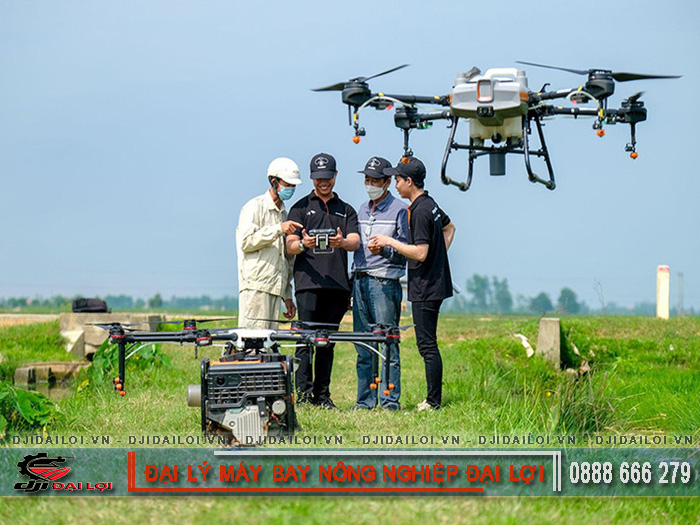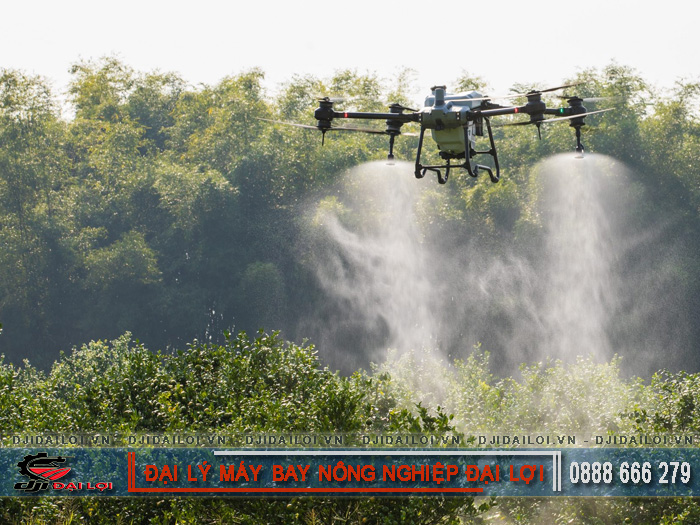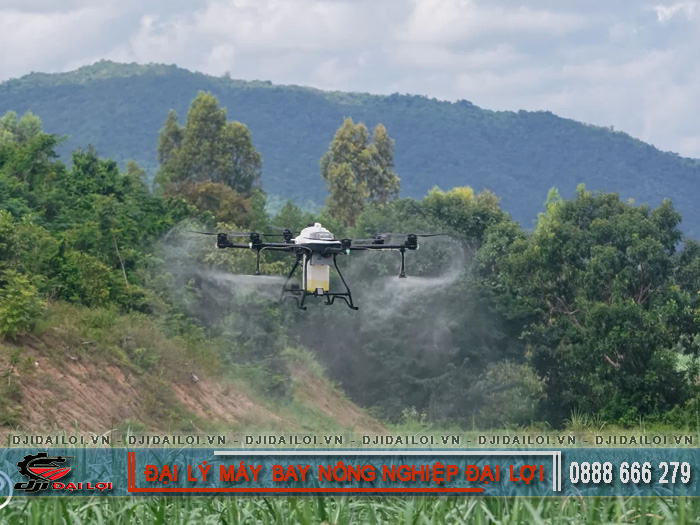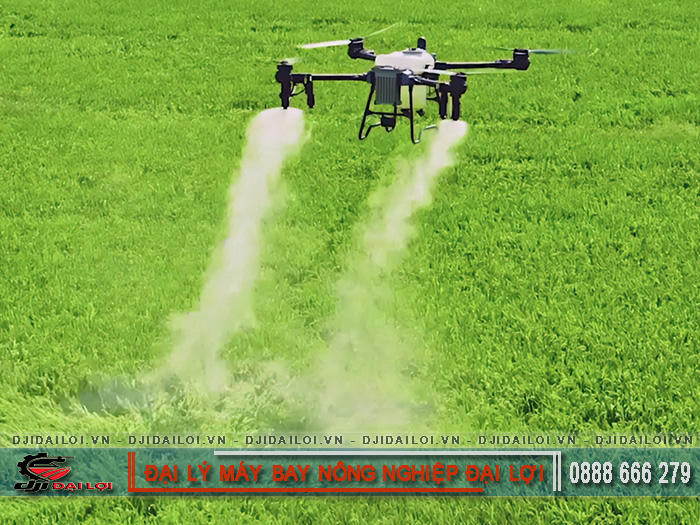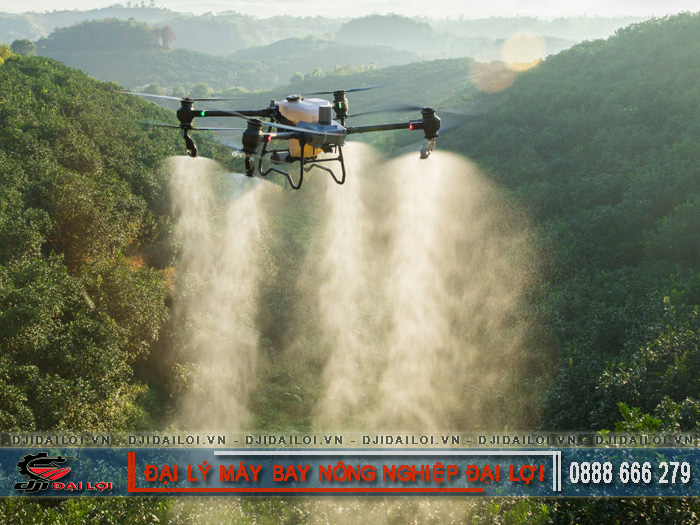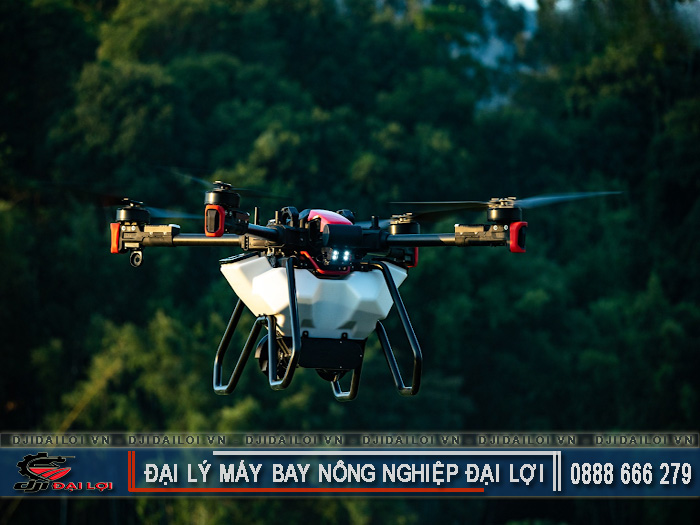Smart agricultural drones are transforming farming practices in Vietnam. By applying the latest AI technologies, these modern drones help farmers increase yields and reduce seasonal production costs.
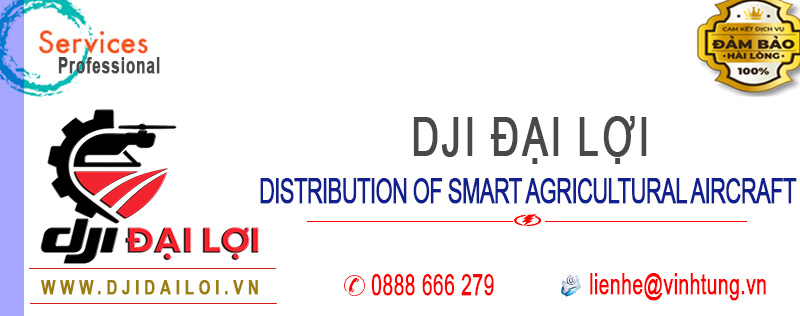
OVERVIEW OF SMART AGRICULTURAL DRONES
What are smart agricultural drones?
Smart agricultural drones are unmanned aerial vehicles (UAVs) equipped with advanced technologies such as GPS, sensors, AI, and automated control software to support agricultural operations.
These drones are specifically designed for pesticide spraying, seed planting, fertilizer distribution, and crop monitoring with precision and efficiency.
Practical applications in modern farming
Smart agricultural drones are widely used in modern farming models to:
- Accurately spray pesticides, minimizing waste
- Monitor crop growth via aerial imagery
- Optimize labor, especially in hard-to-reach terrains
- Integrate terrain sensors for obstacle avoidance and safe flight mapping
How they differ from regular drones
|
Criteria
|
Regular Drones
|
Smart Agricultural Drones
|
|
Primary use
|
Photography, filming
|
Spraying, seeding, crop monitoring
|
|
Payload capacity
|
Low (under 1kg)
|
High (10–75kg)
|
|
Sensor system
|
Basic
|
Multidirectional, phased array radar, RTK
|
|
Flight duration
|
Medium (15–30 mins)
|
Longer, optimized for agriculture
|
CURRENT TRENDS IN SMART AGRICULTURAL TECHNOLOGIES
Automation and AI in agriculture
2025 marks a significant advancement in smart farming 4.0 with solutions like:
- AI systems that detect crops and identify pests
- Auto-routed drones based on terrain maps
- Machine learning to predict pest outbreaks based on weather data
Drones with integrated sensors and flight mapping
Next-gen drones like the DJI T50 come with:
- Multidirectional radar for obstacle avoidance
- High-precision RTK GPS for stable flight paths
- Auto flight mapping within minutes of test flights
Digital transformation of agriculture in Vietnam
Vietnam has implemented:
- Smart farming models in the Mekong Delta
- Government-backed drone adoption in Lam Dong and Hau Giang
- Co-ops transitioning from manual spraying to smart drone operations
LATEST AGRICULTURAL DRONE MODELS IN VIETNAM
DJI Agras T50 with key improvements
The DJI T50 launched in early 2025 offers:
- 75L tank, double the T30’s capacity
- Dual FPV cameras for enhanced visibility
- Multidirectional radar for complex terrain navigation
Quick comparison: DJI T25 vs. XAG V40
|
Feature
|
DJI T25
|
XAG V40
|
|
Tank capacity
|
20L
|
20L
|
|
Sensors
|
Phased radar, FPV
|
Dual radar, no FPV
|
|
Weight
|
~52kg
|
~48kg
|
|
RTK integrated
|
Yes
|
Yes
|
|
Price
|
~129 million VND
|
~145 million VND
|
Smart agricultural drone prices in Vietnam
Current estimated market prices:
- DJI T10: ~95 million VND
- DJI T20P: ~220 million VND
- DJI T30: ~230 million VND
- DJI T50: ~190 million VND (promotional price with model deployment support)
IMPACT OF SMART AGRICULTURAL DRONES ON FARMING
Productivity and cost savings
A DJI agricultural drone can handle:
- 20–30 hectares per day (depending on model)
- 30–50% reduction in pesticide usage
- Up to 70% labor cost savings
Safety for farmers and the environment
Smart drones help:
- Minimize direct exposure to chemicals
- Avoid overspraying that affects neighboring fields
- Precisely target treatment zones to prevent water pollution
Recommended drone models by farm size
- 3–5 ha: Use DJI T10 or T20P
- 10–30 ha: Use DJI T25 or T30
- Over 30 ha: DJI T50 is recommended for maximum efficiency
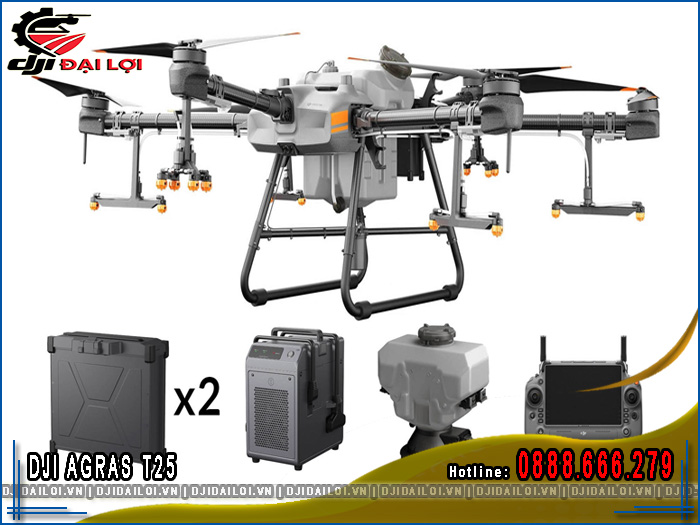
GOVERNMENT SUPPORT FOR AGRITECH IN VIETNAM
Pilot programs and financial incentives
The government promotes smart agri-tech with programs such as:
- Nationwide drone trials in rice farming
- Low-interest loans for co-ops and agri groups
- Prioritizing drones in national agri-digitalization policies
Role of co-ops and distributors
Co-operatives are key to connecting farmers with tech providers by:
- Organizing training on drone operation
- Negotiating pricing with DJI, XAG, etc.
- Coordinating drone sharing by crop zone
Distributors also provide tech support, warranty services, and supply genuine drone parts to local farmers.
Challenges to wide adoption
- High initial investment for small-scale farmers
- Shortage of trained drone operators
- Lack of legal frameworks for rural drone flights
- Poor signal coverage affecting RTK and flight data
FUTURE OUTLOOK FOR AGRICULTURAL DRONES
AI and digital farm data integration
By 2030, expect a merge of:
- Deep learning AI for pest detection via aerial images
- Big Data + cloud software for crop cycle tracking
- Real-time drone data syncing with digital farm platforms
Replacing traditional farm labor
Trials in Vietnam and China show:
- Drones can replace 50–80% of manual sprayers
- Reduce health risks for farmers
- Make agriculture more attractive to the younger generation
Toward sustainable and green farming
Drones enable:
- Accurate spraying with less soil and water pollution
- Lower chemical fertilizer use via precise crop tracking
- Easier organic farming through data-driven decisions
Experts forecast that UAVs will become a standard tool in Vietnam’s major farming regions.
RECOMMENDATIONS FOR VIETNAMESE FARMERS
Checklist for buying a smart agricultural drone
- Define your cultivation area (3 ha, 10 ha, 30 ha, etc.)
- Prioritize drones with omnidirectional sensors and RTK
- Choose models with FPV systems for visual aid
- Buy from brands with warranty centers in Vietnam
- Consult experienced co-ops or agribusinesses
Where to get accurate drone farming news
Stay updated by:
- Visiting official sites like DJI Agriculture Vietnam
- Following Facebook groups on smart agriculture
- Subscribing to co-op or distributor newsletters
Trusted suppliers in Vietnam
- DJI Đại Lợi – Official DJI distributor and service center
- AgriDrone Vietnam – Specializes in T20P, T25 drones
- TCT Nông nghiệp số – Partners with Mekong Delta co-ops
With the rapid rise of smart agricultural drones, farmers are encouraged to proactively seek information, choose suitable equipment, and leverage government support to successfully transition into high-tech farming.
